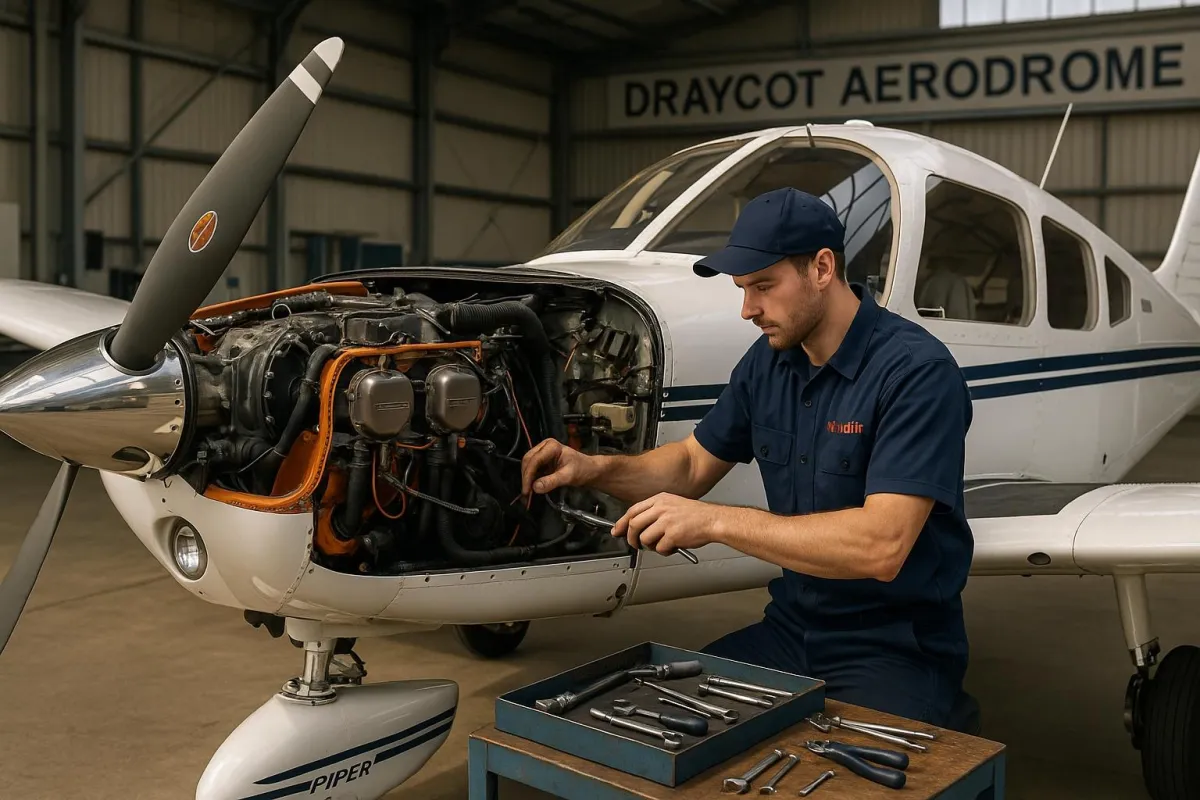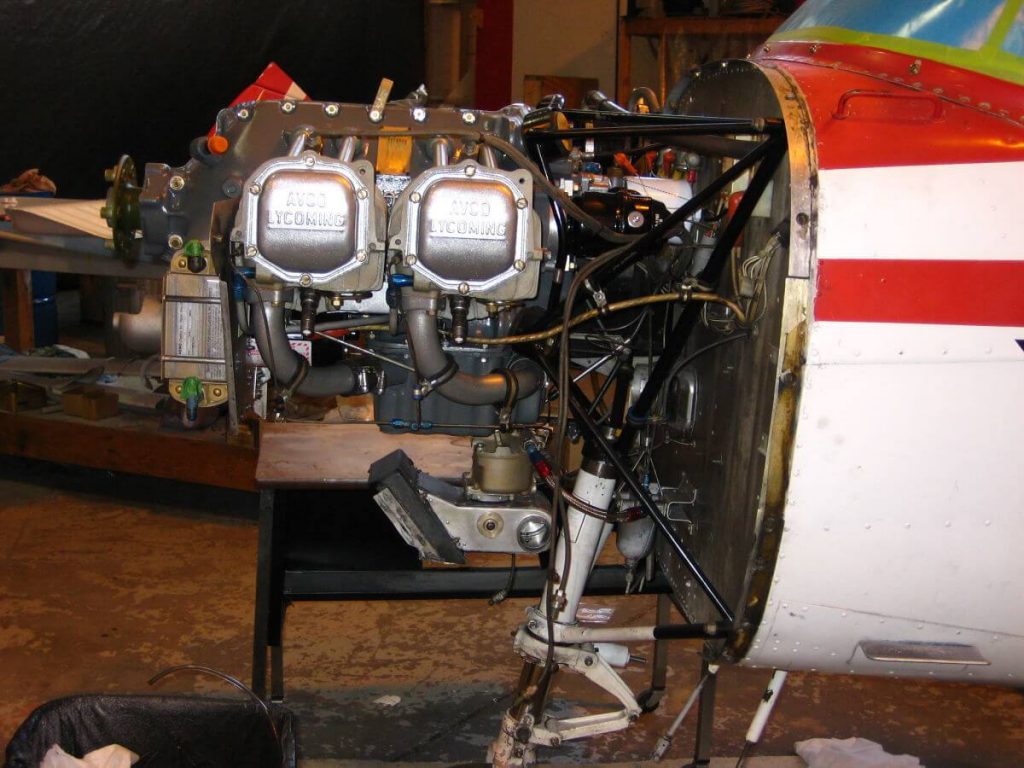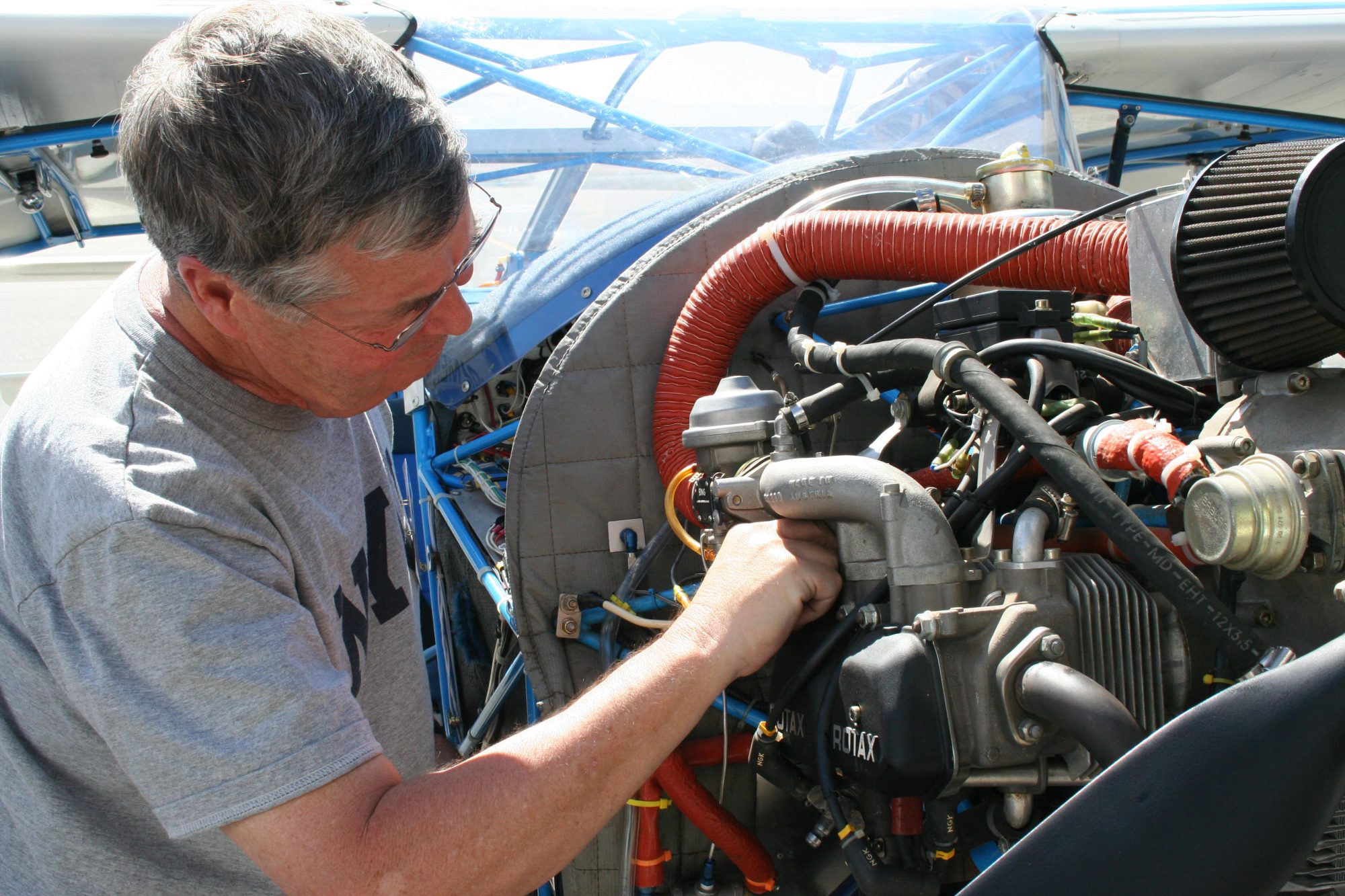
Critical Maintenance Schedules for Piper PA28 Aircraft
Proper maintenance is crucial for keeping your Piper PA28 aircraft in top condition. Regular checks and inspections not only ensure compliance with aviation regulations but also enhance safety, performance, and longevity. Whether you're a commercial operator or a private owner, understanding and following the right maintenance schedules is essential for avoiding costly repairs and maintaining airworthiness.
Annual Inspections: The Foundation of Aircraft Maintenance
Every Piper PA28 requires an annual inspection to maintain its airworthiness certificate. This comprehensive inspection includes:
Complete airframe examination for structural integrity
Control surface rigging verification
Detailed engine inspection
Comprehensive systems check (electrical, fuel, hydraulic)
Compliance verification with all applicable Airworthiness Directives (ADs)
Documentation review and update
Our NamAir technicians perform these inspections with meticulous attention to detail, ensuring your aircraft meets or exceeds all CAA requirements.
100-Hour Inspections: Essential for Commercial Operations

If your Piper is used for commercial purposes such as flight training or rental, 100-hour inspections are mandatory. These inspections are similar in scope to annuals but occur more frequently to ensure safety in high-usage scenarios. Even for private owners who fly frequently, voluntary 100-hour inspections provide valuable preventive maintenance benefits.
50-Hour Engine Service Checks
While not always mandated, the 50-hour service interval is critical for Piper PA28 engines, particularly for:
Oil and filter changes
Spark plug inspection and cleaning
Compression checks
Fuel system inspection
Air filter assessment
Regular 50-hour checks can significantly extend engine life and help identify potential issues before they become serious problems.
Key Systems Requiring Regular Maintenance
Engine Maintenance: The Heart of Your Piper PA28
The Lycoming engines typically found in Piper PA28 aircraft require particular attention:
Oil Changes: Regular oil changes are vital, with most maintenance professionals recommending changes every 25-50 flight hours. Proper oil analysis can provide early warning of engine wear issues.
Magneto Timing: Proper timing ensures optimal engine performance and fuel efficiency. We recommend inspection every 100 hours.
Fuel System: Fuel system contamination represents a significant safety risk. Regular inspection of fuel strainers, filters, and tanks is essential.
Cylinder Compression: Routine compression checks help identify potential valve or ring issues before they lead to more serious engine problems.
Exhaust System: Exhaust system integrity is critical both for performance and safety, as cracks can lead to carbon monoxide infiltration.
Airframe and Control Surfaces
Your Piper's airframe and control systems require regular inspection for:
Corrosion, particularly in coastal environments
Control cable tension and condition
Hinge points and bearing surfaces
Skin integrity and rivet condition
Wing spar inspection in accordance with applicable service bulletins
Landing Gear Systems
The landing gear on Piper PA28 aircraft deserves special attention:
Tyre condition and proper inflation
Brake pad wear and hydraulic system integrity
Gear strut extension and compression
Retraction system operation and adjustment (for retractable gear models)
Wheel bearing condition and lubrication
Preventive Maintenance for Piper Owners
Under CAA regulations, properly certified pilots who own their aircraft can perform certain preventive maintenance tasks. These include:
Changing oil and filters
Spark plug replacement and gap adjustment
Tyre replacement
Battery service
Non-structural fabric patches
Replacing position and landing light bulbs
Performing these tasks yourself can reduce maintenance costs while giving you greater familiarity with your aircraft. However, always consult your maintenance provider when in doubt, and ensure proper documentation of all work performed.
Common Troubleshooting: Addressing Piper PA28 Issues Before They Escalate

Engine Performance Issues
If you notice rough running, power loss, or unusual engine behaviour:
1. Check for fouled spark plugs
2. Inspect the air intake system for obstructions
3. Verify proper magneto operation
4. Check fuel quality and proper grade
5. Examine exhaust system for leaks or restrictions
Electrical System Challenges
Electrical problems can range from minor annoyances to serious safety concerns:
1. Inspect battery connections for corrosion
2. Check alternator belt tension
3. Test voltage regulator operation
4. Verify proper grounding throughout the system
5. Inspect wiring bundles for chafing or damage
Fuel System Reliability
Fuel system issues can cause engine stoppage if not addressed:
1. Regularly drain fuel sumps to check for water or contaminants
2. Inspect fuel lines for leaks or deterioration
3. Clean fuel strainers and filters according to maintenance schedules
4. Verify proper fuel pump operation
5. Check fuel quantity indicators for accuracy
Airworthiness Directives and Service Bulletins: Staying Current
Airworthiness Directives (ADs) are mandatory requirements issued by aviation authorities to address safety concerns. Service Bulletins (SBs), while often optional, provide important manufacturer recommendations. At NamAir, we maintain comprehensive records of all applicable ADs and SBs for Piper aircraft, ensuring your PA28 remains compliant and safe.
Key ADs for Piper PA28 aircraft often address:
Wing spar inspections
Control cable systems
Fuel system components
Engine mount integrity
Electrical system modifications
We recommend maintaining a detailed compliance log for all ADs and significant SBs, which enhances both safety and resale value.
Frequently Asked Questions About Piper PA28 Maintenance
Q: How often should I change the oil in my Piper PA28?
A: While the maximum interval is typically 50 flight hours or 4 months (whichever comes first), many maintenance professionals recommend more frequent changes, especially for engines not flown regularly.
Q: What's the typical annual inspection cost for a Piper PA28?
A: Annual inspection costs vary based on aircraft condition and any issues discovered, but typically range from £1,500-£3,000 for a well-maintained aircraft with no significant discrepancies.
Q: Can I perform my own 100-hour inspection if I'm a licensed pilot?
A: No, 100-hour inspections must be performed by properly certified maintenance technicians, not aircraft owners, regardless of pilot certification.
Q: How often should I replace the brake pads on my Piper?
A: Brake pad replacement intervals vary with usage, but inspection during annual maintenance is essential. Owners should visually check pad condition regularly and replace when pad material reaches minimum thickness.
Q: What's the most commonly overlooked maintenance item on Piper aircraft?
A: Control cable tension adjustments are frequently overlooked but critical for proper aircraft handling and safety. Cables should be inspected for proper tension, fraying, and corrosion during regular maintenance.
Conclusion: The NamAir Advantage for Piper Maintenance
At NamAir, located at Draycot Aerodrome near Swindon, we pride ourselves on providing comprehensive maintenance solutions for all Piper aircraft, with specialised expertise in the PA28 series. Our experienced technicians combine traditional craftsmanship with modern diagnostic techniques to ensure your aircraft receives the best possible care.
Whether you need routine maintenance, troubleshooting of complex issues, or major repairs, our team is committed to keeping your Piper flying safely and efficiently. Contact us today to schedule your next maintenance service or to discuss our preventive maintenance programmes tailored to your specific aircraft and flying habits.
Remember, regular professional maintenance isn't just a regulatory requirement—it's an investment in safety, performance, and the longevity of your valuable aircraft.
